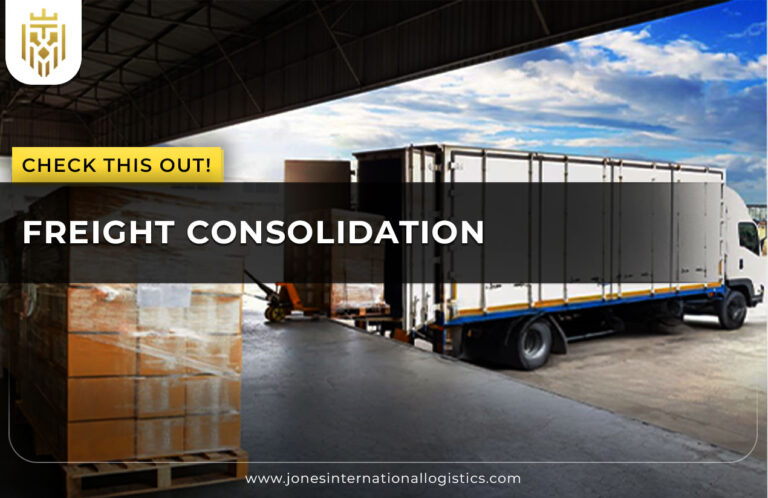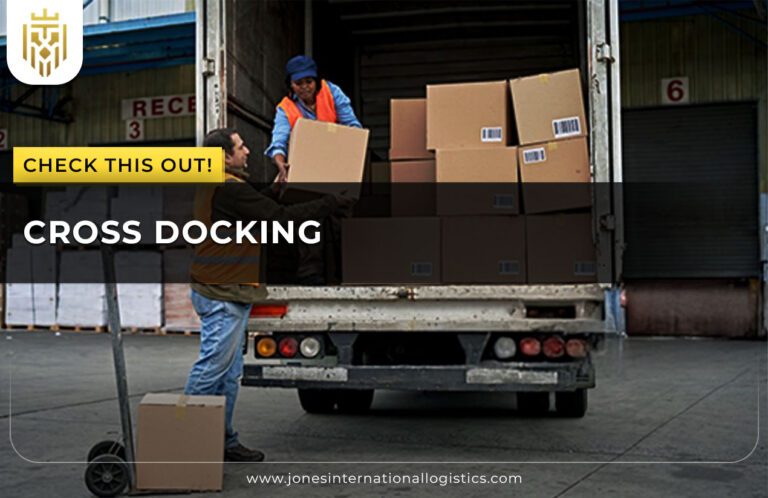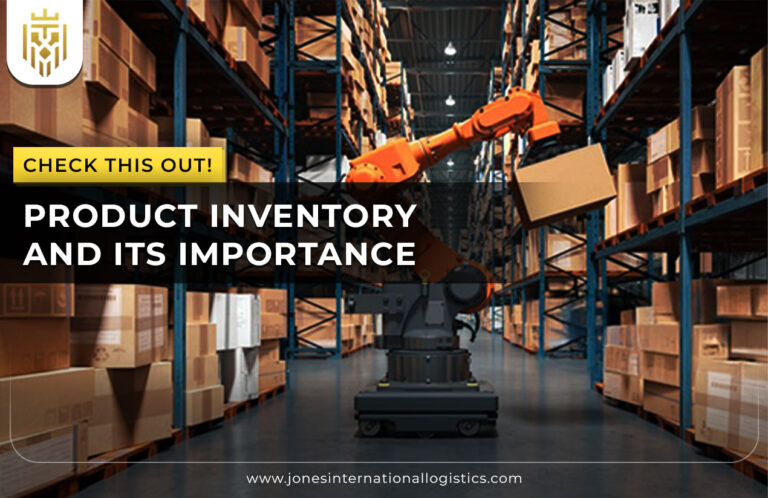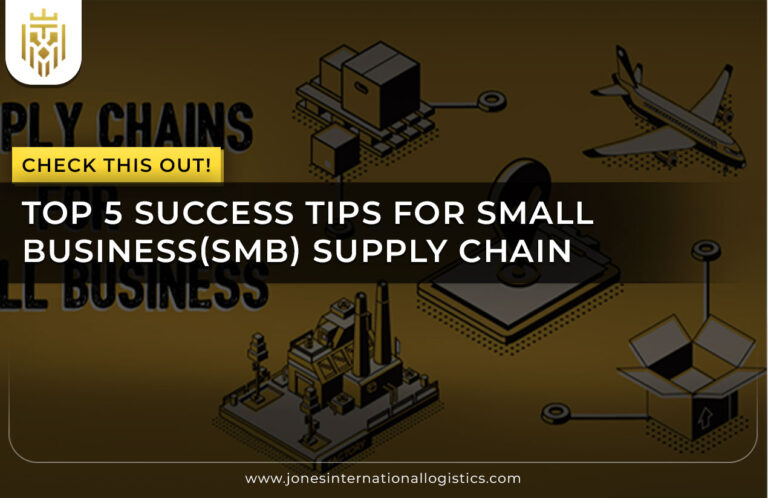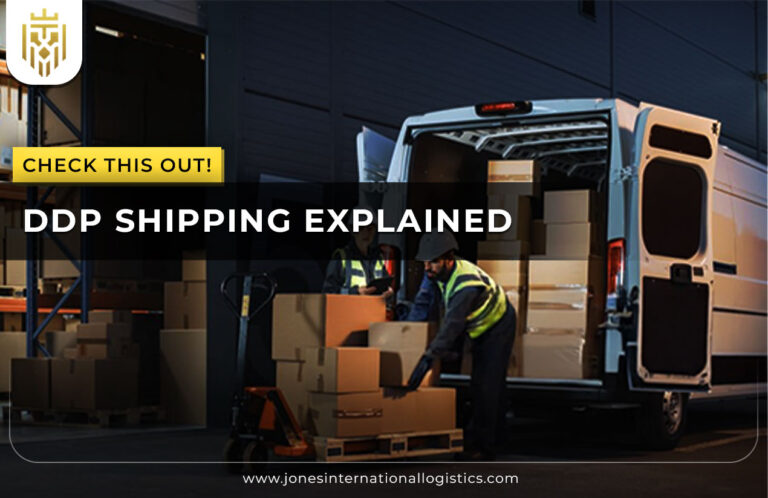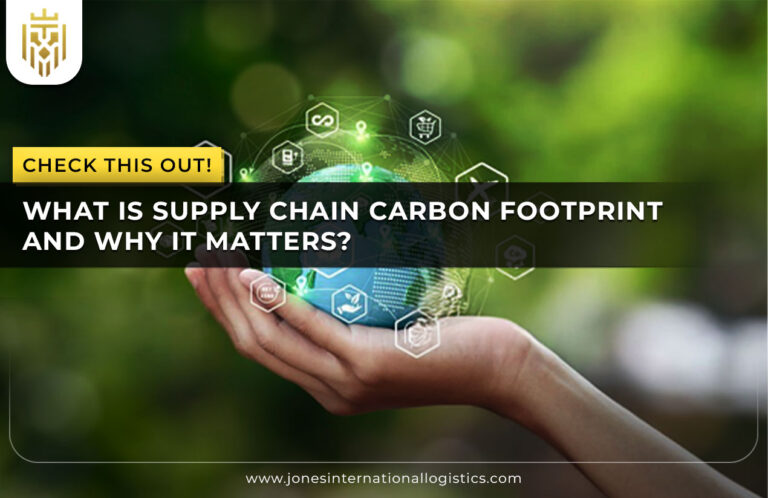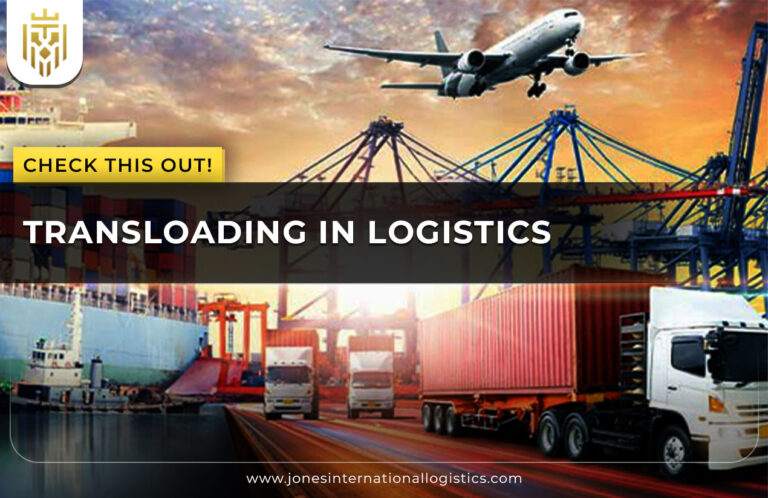What Is the Food Supply Chain?
The food supply chain is the process of all the activities associated with the transportation of food commodities to consumers. It has production, processing, packaging, transportation, and retail. Effective supply chain management is important to provide people with the world safe and high-quality food.
Why is the Food Supply Chain Vital?
An effective food and beverage supply chain can guarantee uniformity of food supply over the geographical regions. It also stimulates the growth of the economy, thus supplying employment in the supply chain industry. Proper chain management minimises wastage, increases productivity, and allows responding to the increased need in the world to have healthy food.
Guaranteeing Food Safety, Freshness, and Accessibility
When high standards are maintained throughout the food supply chain, food is safe, fresh, and available to everybody. Advanced management food practices ensure quality and freshness of products are observed between the farms and stores right at the time the consumers get access to healthy and safe goods.
Supporting Nutrition, Economic Development, and Public Health
The food and beverage supply chain significantly contributes in enhancing the nutrition and community health across the world. Good supply chain management enables the economy to take a stronger hold of food security, economic growth, provision of affordable and nutritious food to communities, assuring us of a healthier future.
Building Resilience in the Face of Global Challenges
To manage global crises such as climate change and pandemics, building resiliency to the food supply chain is necessary. In order to enhance the management of their chains, businesses must be educated on the best practices in the food industry so that they have guarantees of availability of food even when disaster strikes.
Essential Stages in the Food Supply Chain
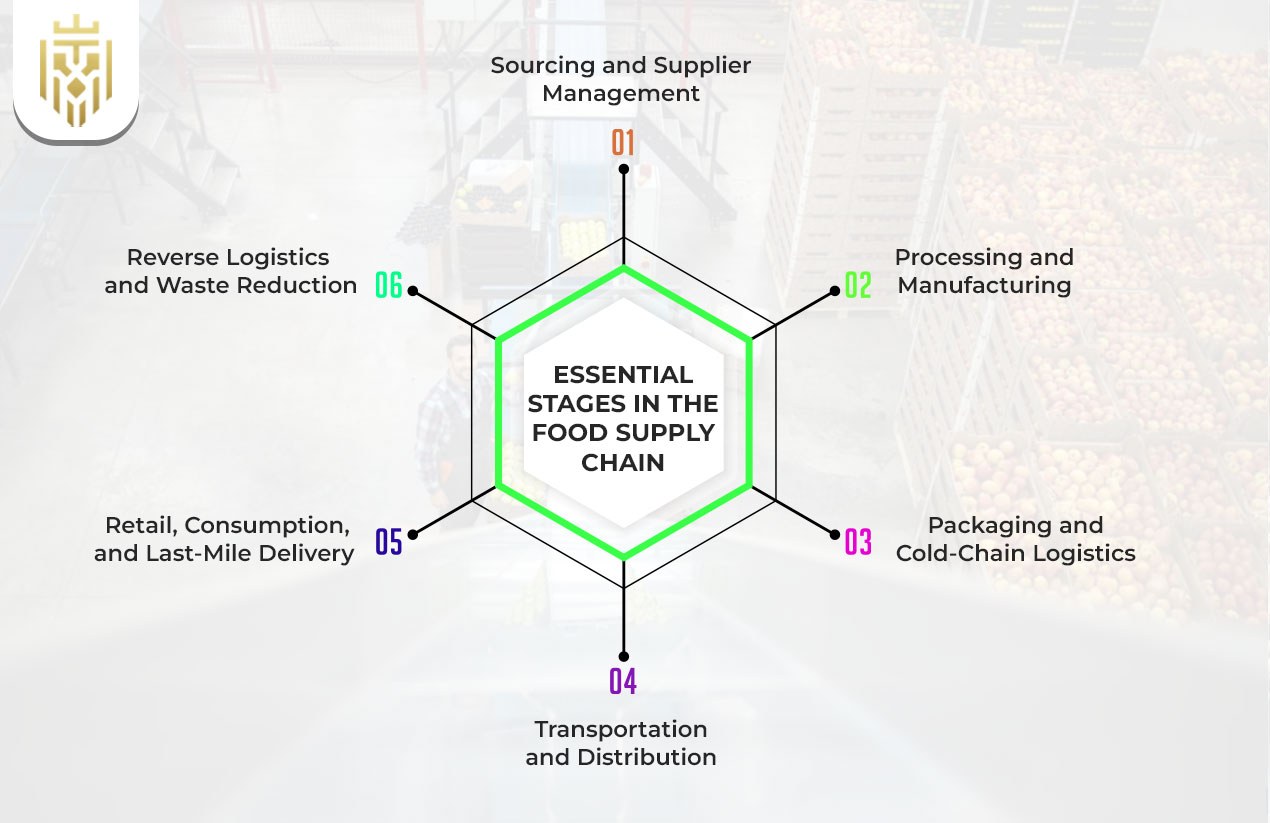
Knowing the key processes that are part of the food supply chain is important in ensuring businesses optimise their operations. Every stage of the supply chain between sourcing and distribution needs detailed planning to provide food in the best quality and value of food, waste, and goods that are safe and adequately provided.
Sourcing and Supplier Management
Reliable food and beverage supply chain is based on effective sourcing and management of food. With the development of stable connections with morally right suppliers, companies guarantee the provision of top-quality ingredients, which allows continuous food production and keeps customers confident about their goods.
Ensuring Quality, Traceability, Sustainability, and Ethical Sourcing
Tracing products and product sustainability are important in the success of any food supply chain management strategy. Ethical sourcing not only protects the environment but also strengthens chain management, guaranteeing safe, high-quality food reaches consumers responsibly and efficiently.
Processing and Manufacturing
Processing and manufacturing is the process of conversion of raw materials into finished food products. By having proper supply chain management, the companies maintain this step to be of quality and safety standards. Wastage can be improved and by optimising these processes, food can be delivered to the consumers in the best condition.
Maintaining Hygiene
The food supply chain has strict hygiene standards, which eliminate the contamination of the food during production. Business uses industry standards to acquire the knowledge to practice food safety, as well as keep their areas clean to ensure the health of the consumer and quality of products until fork.
Safety Standards
The food and beverage supply chain requires following the international safety standards. Organisations use strict vetting throughout the supply chain management in order to eliminate the risks so that the food produced can be safe to consume in every part of the production and the distribution chain.
Consistent Quality
Quality in the food supply process is consistent and this creates confidence among consumers. Well-established management food systems allow businesses to keep track of each point, automatically producing products that are fit to both specifications and expectations by the customers, thus forming a highly competent, stable food distribution chain.
Packaging and Cold-Chain Logistics
In the food supply chain, packaging plays a critical role by maintaining the integrity of the products, and cold-chain logistics are critical to prevent damage leading to food safety. Innovative chain management such as pack freeze, temperature control and eco-friendly packaging helps assure safe, high-quality food meets consumers by sustaining freshness and extending shelf life.
Preserving Freshness
To maintain freshness of the food and beverage supply chain, a tight control of temperature is necessary. Food usually arrives at the consumer in the best condition possible by applying efficient supply chain concepts such as cold storage and insulated packaging by the companies supplying it. this keeps the food tasting good and preserves its quality and nutritional content.
Extending Shelf Life through Proper Handling
Proper handling increases the shelf life of food in the food supply network. Guide food standards followed by businesses are used in packaging, transport, and storage which helps in keeping food undamaged and still fresh up to the final consumer.
Transportation and Distribution
Effective transportation and distribution in the food supply chain management are crucial. Companies enhance reliability of the entire supply chain by optimising routes, minimising delays, and observing conditions to provide food products that are fresh and with no contamination.
Managing Routes
In the food supply chain, there is a need to have a route management in order to reduce the transit time. Companies acquire the techniques of food logistic to maximise the delivery timings, reduce the expenditure and to see that the food is delivered to the destination place in a very less time sustaining freshness and safety of the food.
Transit Time
Maximising product quality in the food supply network is done through reducing the transit time. Advanced chain management and real-time tracking help the companies to eliminate delays, therefore, allowing the transportation of food to retailers and consumers to be fresh and safe.
Reducing Food Miles
Environmental impacts can be reduced by minimising food miles within the food and beverage supply chain, and helping sustainability. Efficient supply chain strategies are introduced in businesses to source locally, to enable less distance travel, to supply fresher food and use less carbon emissions.
Retail, Consumption, and Last-Mile Delivery
Food in stores or houses is timely because of effective processes in food supply chains. In supply chain management, effective planning of last-mile delivery solutions keeps the retailers on the doorstep to be on the safe side to meet customer demands due to availability of products, satisfaction, and food wastage.
Effective Shelf Stocking
Shelf loading plays a key role in a competent food and beverage chain. Smart chain management systems provide retailers with the ability to monitor stock and maintain the availability of fresh food to the consumer and minimise spoilage, within the grocery stores and super markets.
Maintaining Food Quality at Point Of Sale
Consumers need assurance of food quality at the level of sale. With the help of guide food standards and temperature control businesses ensure the freshness of the products and this in turn boosts the reputation of the entire food supplying chain right up to the end purchase.
Reverse Logistics and Waste Reduction
Reverse logistics reinforces sustainability in the food supply chain management process by processing returned products and reducing wastes. The streamlining of the returns and recycling initiatives minimises the environmental burden and enhances the chain flow efficiency and material use.
Handling Food Returns
Effective management of food practices is needed to facilitate efficient handling of food returns. The returns are processed quickly in business to save the food supply chain that is sustainable and safe for the consumers and meets the standards of food safety and laws.
Recycling
The food and beverage supply chain can also recycle wastes to enable sustainability. To have greener supply chain and save the environment companies use improved chain management techniques, with the help of which they reuse their packaging and materials.
Composting
Food waste is a significant factor in a just food supply chain that can be composted. Many organizations train on how to manage food waste to convert organic waste into compost to enhance environmentally friendly disposals and enhance overall environmental responsibility in the industry.
Minimizing Spoilage
By limiting food wastage throughout the food supply chain management network, some food loss is eliminated and profits are increased. Companies ensure quality checks and the supply chains are stringent thus making the perishable commodities remain fresh up to the retail shops thus reducing excessive losses.
Challenges Facing Food Supply Chains
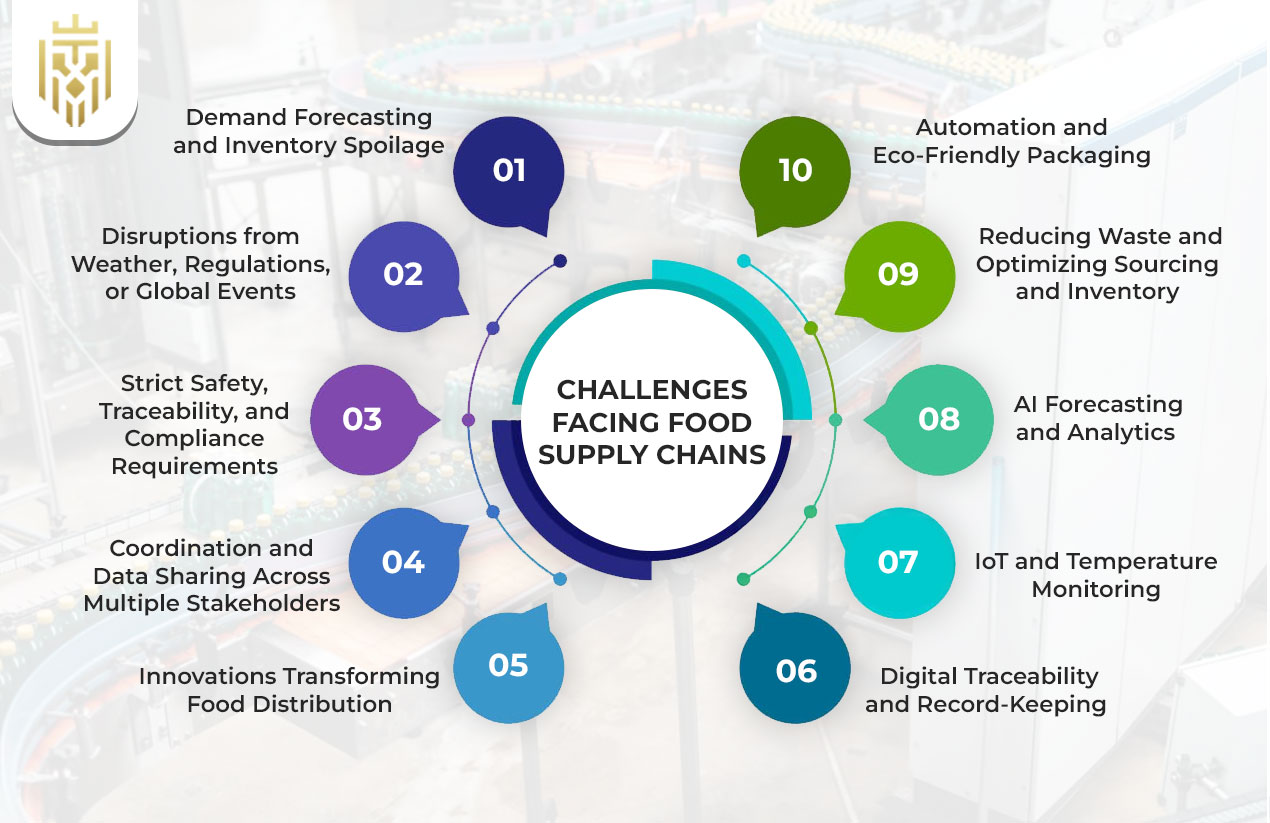
Food and beverage supply chains encounter a series of issues that include demands, regulatory solutions, and planning. To counter the disruptions and ensure efficiency and safe and sustainable food supply to the global consumers, effective chain management is necessary.
Demand Forecasting and Inventory Spoilage
The failure in forecasting the demand may lead to spoilage of inventory in the food chain. Guide food tools are being used by businesses to make predictions on the demand and hence maintain desired stock levels and reduce loss of products in supermarkets, restaurants, and other food establishments.
Disruptions from Weather, Regulations, or Global Events
The food supply is seriously affected by fluctuations, like weather changes or new rules. Innovative approaches to supply chain management in organizations are followed to thwart risks and guarantee food provision and avoid cases of significant disruptions in supplies sustaining global crises.
Strict Safety, Traceability, and Compliance Requirements
Precise safety, traceability, and compliances are vital in the food supply chain management process. To comply with the laws, ensure product integrity and ensure that food is availed to consumers safely and transparently, businesses observe sophisticated monitoring and chain management procedures.
Coordination and Data Sharing Across Multiple Stakeholders
The comprehensive synchronisation of the stakeholders streamlines the efficiency of the food and beverage supply chain. The firms are aware of the best practices that require them to share food data in order to collaborate as this creates open operations and flawless movement of goods between suppliers and consumers.
Innovations Transforming Food Distribution
Technology changes are also transforming the food supply chain, enhancing traceability, minimising wastage, and increasing efficiency. Firms implement the use of electronic gadgets and contemporary chain management systems to meet an optimal flow of distribution and guarantee quality food delivery.
Digital Traceability and Record-Keeping
Digital traceability reinforces safety and transparency provisions of the food supply chain management procedure. Guide food digital systems are used in business to keep records, which enables monitoring of products in real time and increases the trust in the food supply chain.
IoT and Temperature Monitoring
Monitoring the temperature of the food and beverage supply chain using IoT devices makes food last longer. Mature supply chain technologies keep the companies informed about situations in storage as well as in transit environments and thus minimize occurrence of spoilage.
AI Forecasting and Analytics
Artificial intelligence forecasting optimises the management of supplies in the food chain. The application of smart management food tools helps businesses estimate the demand, minimize wastage and enhance supply planning further improving efficiency throughout production, distribution and retail.
Reducing Waste and Optimizing Sourcing and Inventory
Streamlined sourcing and wastage helps in bettering control of the food chain. When chain management practices are refined, the companies reduce excess inventory and reduce operational expenses as well as sustainability in any step of supply.
Automation and Eco-Friendly Packaging
Eco-friendly packaging and automation serve a business in the development of the sustainable food supply chain. Using current learn food technologies, business organizations find it easy to streamline the processes, eliminate waste on packaging, and transport safe, high-quality food to consumers worldwide efficiently.
Building a Resilient and Sustainable Food System

Developing food and beverage supply chain resilience will guarantee the availability of food amidst any disturbances in the world. With the emphasis on sustainability and a highly developed chain of supply, companies can enhance food security, minimize their impact on the environment, and protect the health of the population.
Diversifying Suppliers and Transport Methods for Flexibility
The food supply chain is strengthened by diversifying sources of suppliers and transport means. With efficient chain management, the businesses eliminate risks, promote flexibility and stock products even in the event of market disruptions or stalling at the transport bottleneck.
Optimizing Routes to Lower Carbon Footprint and Food Miles
In the food supply process, minimising the delivery route decreases food miles and carbon emissions. Companies enhance transport efficiency, safeguard the environment, and provide fresher products to the consumers with the help of guide food logistics tools.
Implementing Waste-Prevention and Recovery Programs
The application of waste-prevention programs contributes to sustainability in the food and beverage supply chain. Effective management food practices are applied by businesses to prevent food loss, restore the use of some resources, and add to a circular and sustainable food system.
Adopting Transparent Sourcing and Credible Certifications
Credible certifications and open sourcing are essential to managing food supply chains. With approved standards, and chain management, companies in the international food market are now guaranteed of ethical communiques, integrity of products as consumers, in any part of the world are represented with trust.
Best Practices for Food Supply Chain Management
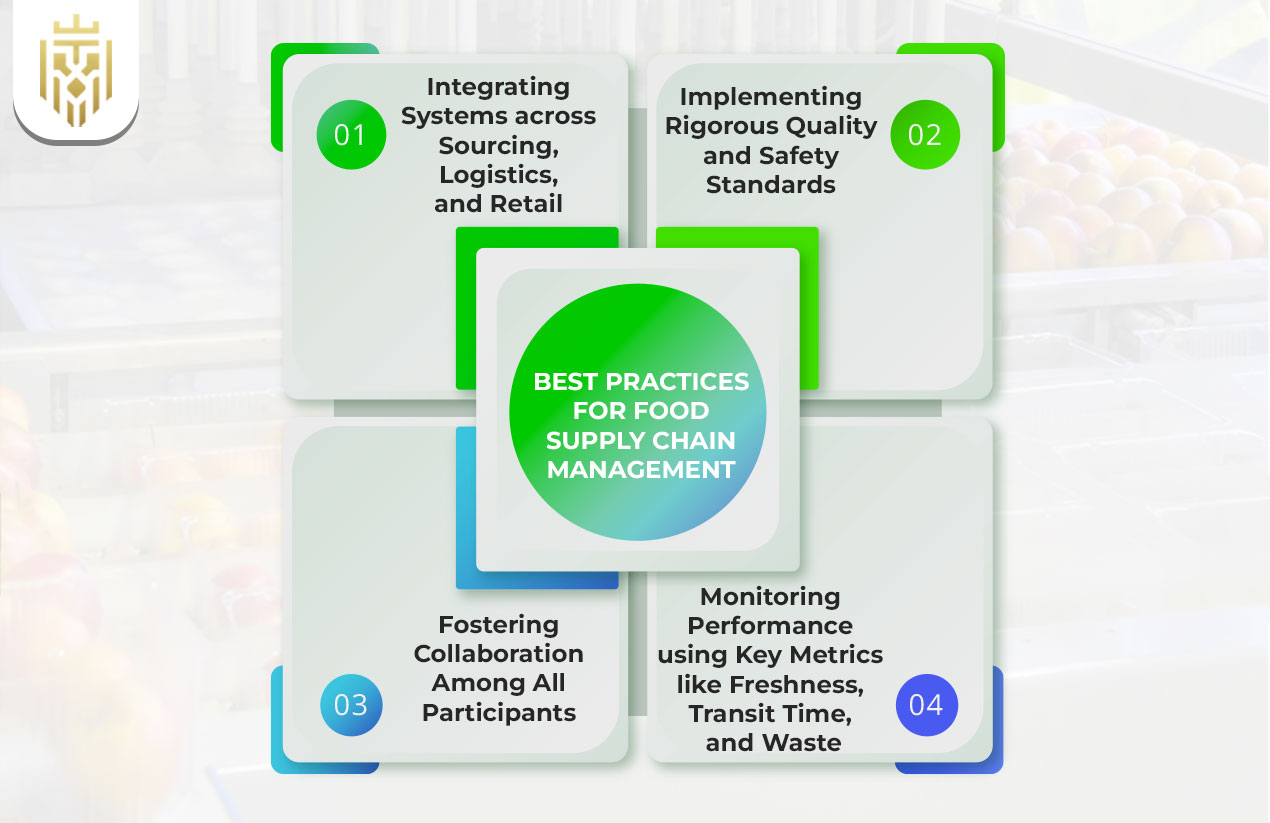
The best practices in the food supply chain will aid in preventing wastage, increasing productivity and securing the provisions. Good chain management links supply chain, distribution, and retail practices and offers an end-to-end visibility and develops a more resilient, more sustainable food system.
Integrating Systems across Sourcing, Logistics, and Retail
By incorporating sourcing, logistics and retail, the food and beverage supply chain gets consolidated. The management tools help in the coordination of businesses and the ways with which information flows easily and helps in better product traceability of any food production and distribution processes.
Implementing Rigorous Quality and Safety Standards
Quality and safety systems play a crucial role in quality and safe food supply chain management. Companies impose rigorous measures to safeguard food supply, where consumers are supplied with safe, high-quality food products, and the risks of recalls are minimised and compliance with the relevant rules is kept as high as possible.
Fostering Collaboration Among All Participants
A collaboration will make the supply chain efficient. Retailers, suppliers and logistics providers share food best practices to exchange the information, address the challenges collectively, and improve the whole network, getting a steady and responsive food distribution system.
Monitoring Performance using Key Metrics like Freshness, Transit Time, and Waste
Chain management has monitoring functions of such key performance indicators as freshness or waste reduction. Through guide food tools, businesses can monitor the time of transit and conditions of products therefore they can ensure successful operations and high quality of the food that is delivered.
Real-World Food Supply Chain Insights
The practice of innovation as applied to the real world underlines the enhancement of the food supply chain. Supply chain management techniques are used by companies to meet the demand for fresh, safe, and sustainable food in different markets of the world, which is manifested by farm-to-table traceability to advanced cold-chain analytics.
Producers Offering Full Traceability From Farm to Table
Producers that offer complete traceability enhance the management process of food supply chain. These manufacturers use innovative tracking systems and clear operations to protect the food chain and make the path of each product under the chain to be clearly seen and reliable.
Retailers Utilising Cold-Chain Analytics for Freshness
Retailers take advantage of cold-chain analytics in order to improve the food and beverage supply chain. These innovations enhance management of the food processes, providing the best storage conditions, food freshness and generation of wastage along the distribution lines and retail stores.
Companies Piloting Circular Packaging and Waste Recovery
Business ventures that are experimenting with circular packaging facilitate sustainable food chain. Use of waste recovery and learn food strategies, the businesses reduce environmental footprint, loop resources, and develop eco-friendly food packaging to meet the demands of the international food industry.
Conclusion
A robust food supply chain cannot be separated with effective supply chain management. Through best practice, facilitating collaboration, and investing in innovation, organizational entities develop a more robust chain management system that guarantees food quality, safety, and sustainability all over the world.
FAQ
1) What are “food miles” and why do they matter?
Food miles bring the distance food covered before getting to the consumers. Shortening the food supply chain reduces the environmental burden, increases freshness, and increases the sustainability of food and beverage supply chain organizations.
2) How does temperature monitoring prevent food spoilage?
The temperature monitoring keeps products at safe conditions at the time of delivering goods. It enhances food supply chain management by minimising spoilage, ensuring freshness, and quality at all stages of the supply chain until the end-to-end delivery.
3) What is digital traceability and how does it help in the food supply chain?
Digital traceability yields on-time product tracking throughout the food supply chain. It increases chain management, the authenticity of products, food safety, and fast response to recall, or contamination in the global supply chain network.
4) How can businesses reduce waste in the food supply chain?
Better management of food, predictive analytics, optimised inventory, and circular packaging are a few ways used by businesses to reduce waste. These are used to direct food solutions that reduce environmental implication and enhance performance throughout the food supply chain in all stages.
5) What safety standards are essential in food distribution?
The most important safety criteria to be observed in handling food in the food chain management are hygiene guidelines, temperature management, traceability and regulatory compliance. These safeguard food supply and hence quality and safety up to processing, distribution and retail.
6) What is the food supply chain?
The food chain includes all the processes involved in production to consumption that include sourcing, production, logistics, and retail. Supply chain management effectively provides consumers across the world with food that is safe, of high quality and available due to its efficient operations.

